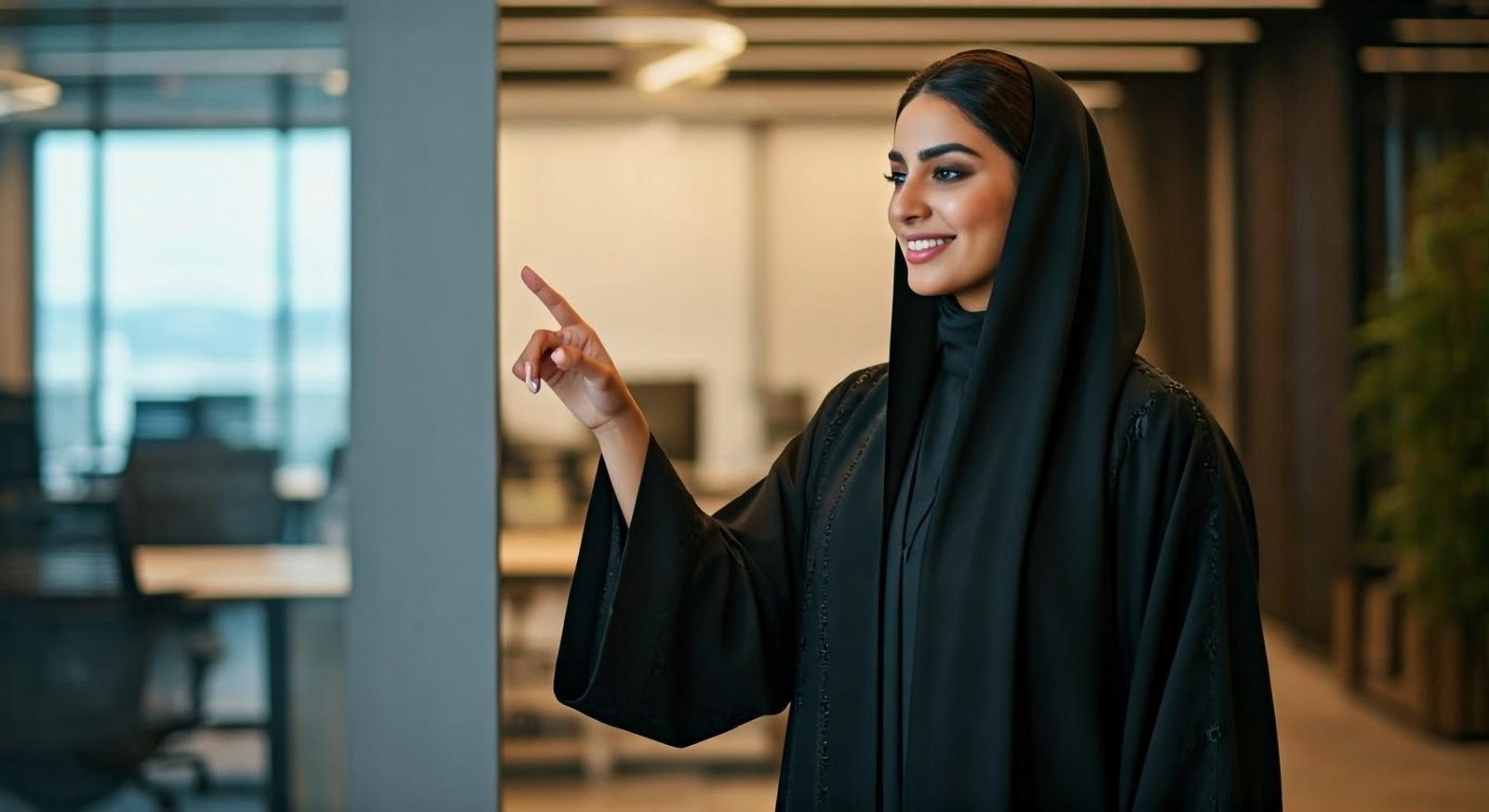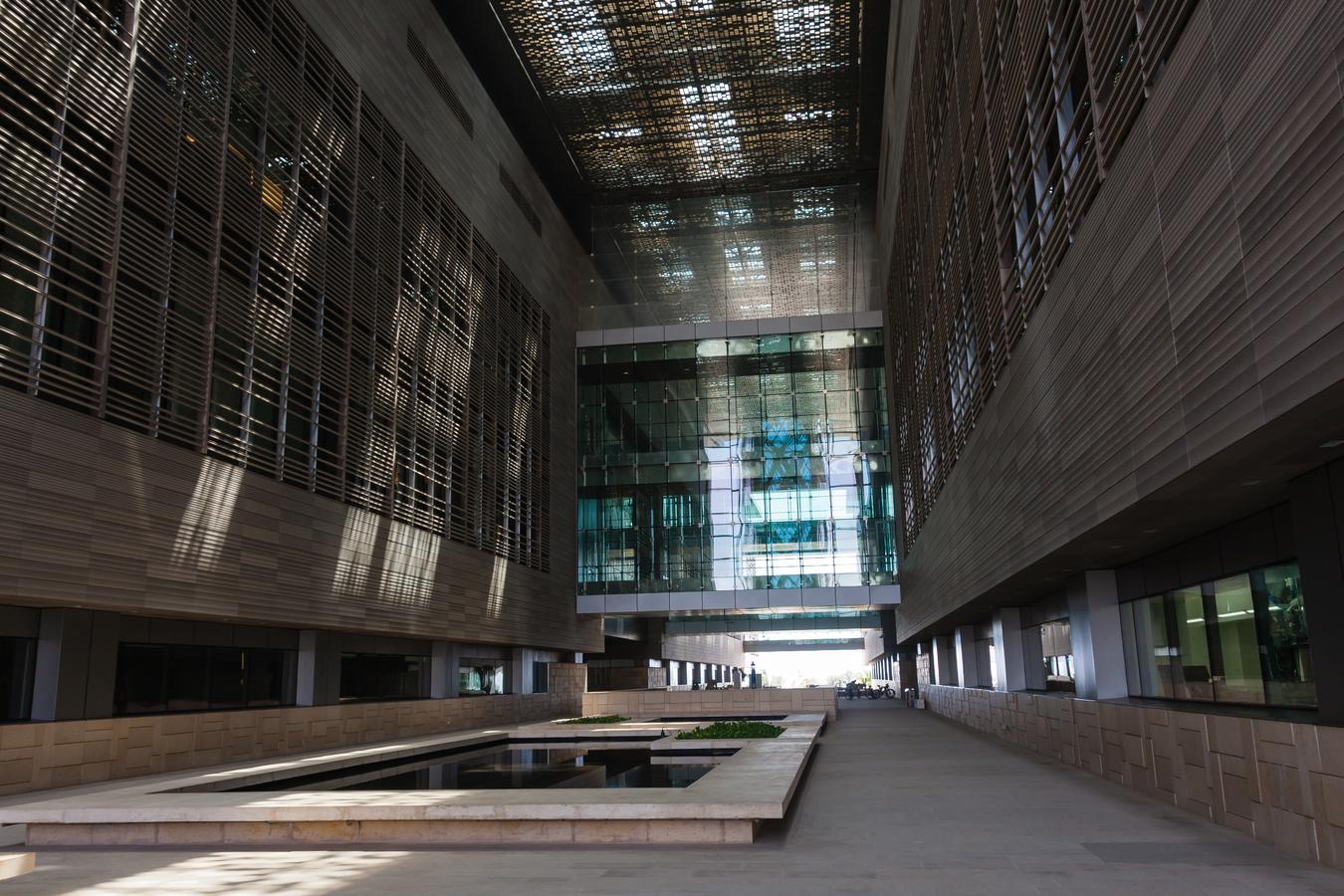I recently heard an interview on Dubai Radio 103 exploring why more women are pursuing entrepreneurship, with flexibility and financial independence cited as key motivations. It made me pause and wonder: What drives Saudi women as they enter the workforce in increasing numbers? Are they aiming for leadership and long-term career growth, or is their participation shaped more by economic necessity and evolving social expectations?
A recent Financial Times article, The Saudi Factories Powered by Women (October 2024), highlights the remarkable rise in female labor force participation: from 16.4 percent in 2015 to 35.8 percent in 2024 — well ahead of the government’s 2030 target of 31 percent.
Saudi women are entering new sectors — particularly manufacturing and technical fields — taking on jobs once reserved for men. At Johnson Controls Arabia, for example, women now work in assembly and electrical roles. These shifts reflect broader economic reforms, industrial diversification, and labor market restructuring. News around this progress has been overwhelmingly positive.
Yet one statistic stood out to me: 96 percent of top government positions are still held by men. That figure surprised me. With so much media attention on female empowerment, I had assumed women had broken through across the board. But the numbers suggest something more nuanced.
Yes, women are joining the workforce at scale. But leadership? That’s still lagging.
The FT article rightly places this transformation within the framework of Vision 2030. Policy reforms have opened the door, but inclusion doesn’t automatically translate into influence. What we’re witnessing is integration — not yet full empowerment.
That’s not to say there aren’t women in high positions. There are female diplomats, vice ministers, and heads of important institutions. But these cases remain the exception, not the rule.
Which raises a critical question: Are women reshaping the system — or just filling new spaces within it?
In my view, the real challenge isn’t workforce participation — it’s sustainable career mobility. The glass ceiling, particularly in the private sector, hasn’t disappeared. And while technical and manufacturing roles offer visibility, they don’t yet guarantee long-term advancement. Perhaps this shift is still in progress, but so far, the pipeline into leadership remains thin.
The 96 percent figure tells us that if women are to be true economic contributors, they need a voice in shaping policy — not just filling roles on the factory floor. Getting them into the workforce was the first step. The next step is about power, representation, and decision-making.
Outside the workplace, these shifts are altering household dynamics, too. Traditionally, Saudi men were the primary breadwinners. Today, with more women gaining financial autonomy, that model is changing. In the past, women might have had private income through inheritance or family businesses. Today, work represents a new kind of independence — one tied to self-worth, contribution, and agency.
Naturally, this evolution brings questions: How will families adapt? Will marriages and gender roles be redefined? Some express concern. Others, like a female factory supervisor quoted in the article, are more hopeful: “It is about both financial independence and self-fulfillment.”
Saudi Arabia has undergone rapid change before. But this transformation stands out because it touches not just economics but the very fabric of social life.
From where I stand, the test ahead is not whether women will enter the workforce — they already have. The real question is: Will they reshape it? And if so, how soon, and to what extent?
Will employers and institutions begin to see women as more than a labor pool? Will leadership reflect the participation rates we now celebrate?
The next decade will be telling.









0 Comments
No comments yet. Be the first to comment!